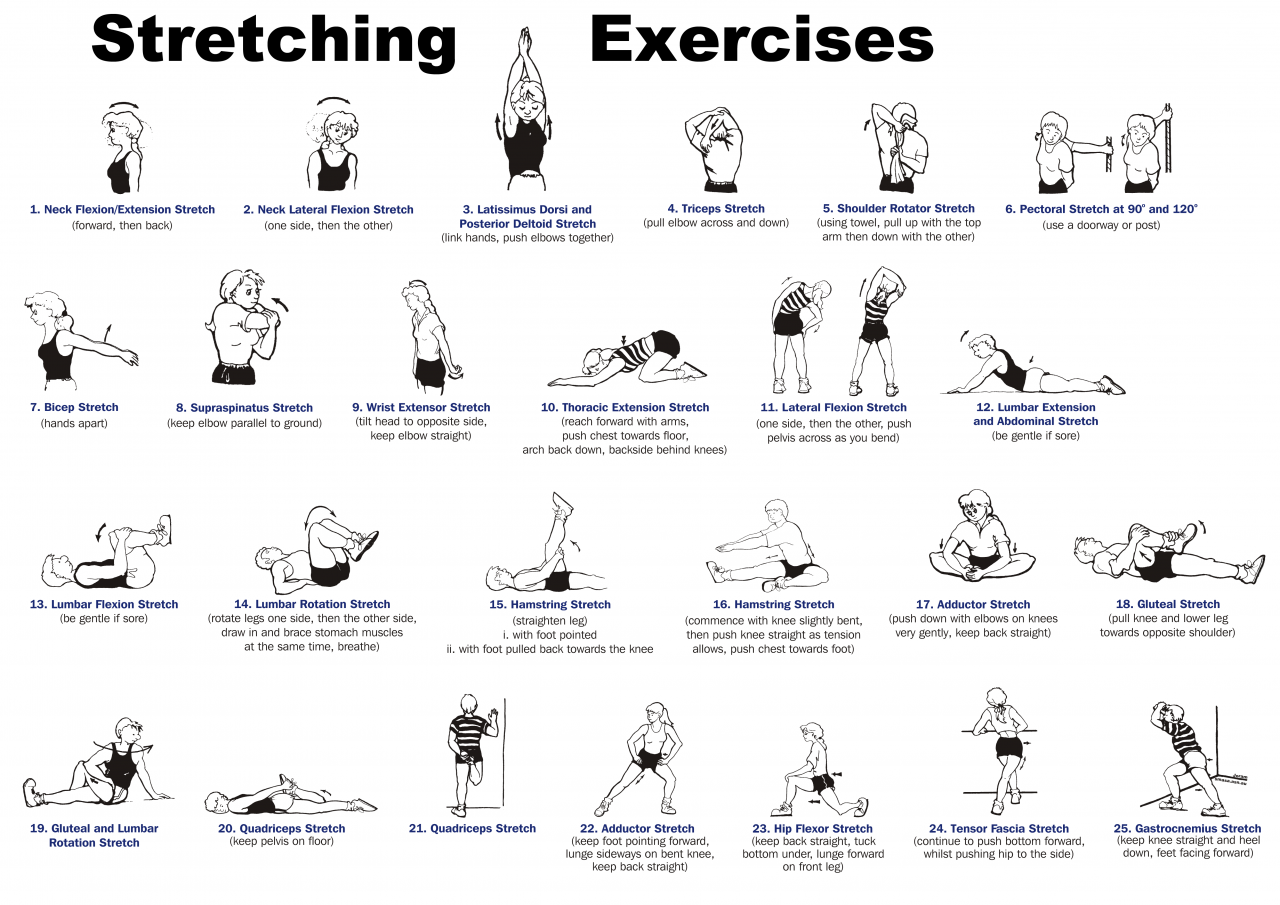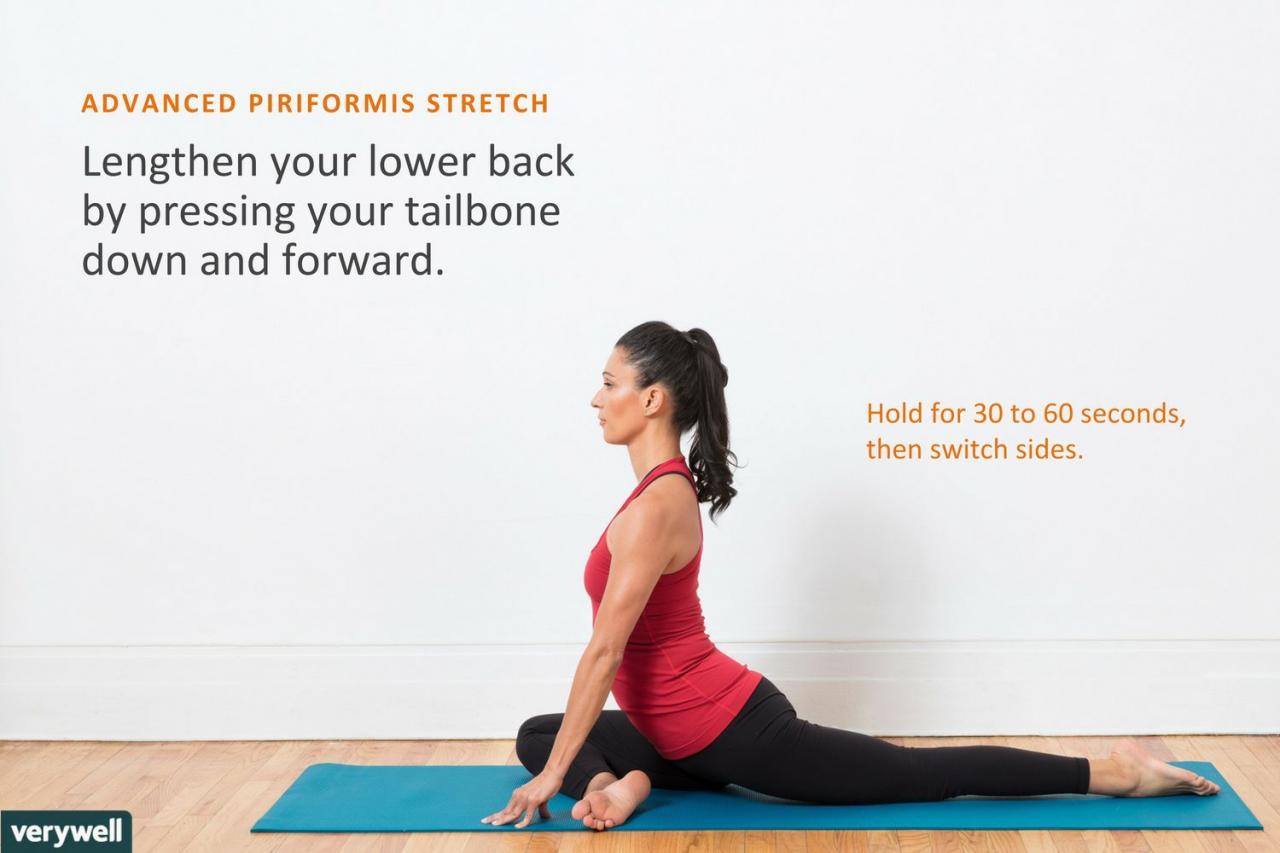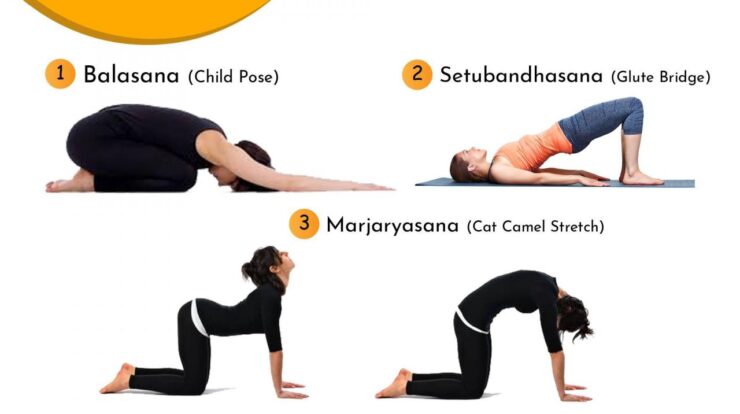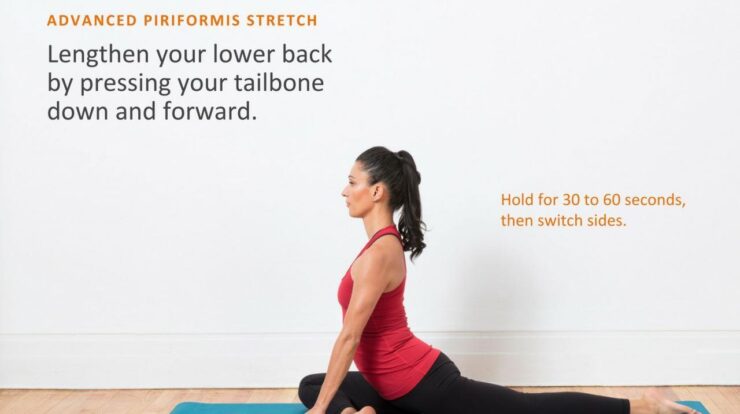
Explain why regular exercise is the best way to prevent flexibility issues. – Regular exercise reigns supreme as the most effective antidote to flexibility woes. Join us as we delve into the scientific underpinnings and practical applications of how movement empowers you to conquer stiffness and embrace a life of supple grace.
From enhanced range of motion to improved joint health, the benefits of exercise on flexibility are undeniable. We’ll explore how it nourishes your body from within, promoting joint lubrication, strengthening connective tissues, and maintaining muscle elasticity.
Explain Why Regular Exercise Is the Best Way to Prevent Flexibility Issues: Explain Why Regular Exercise Is The Best Way To Prevent Flexibility Issues.
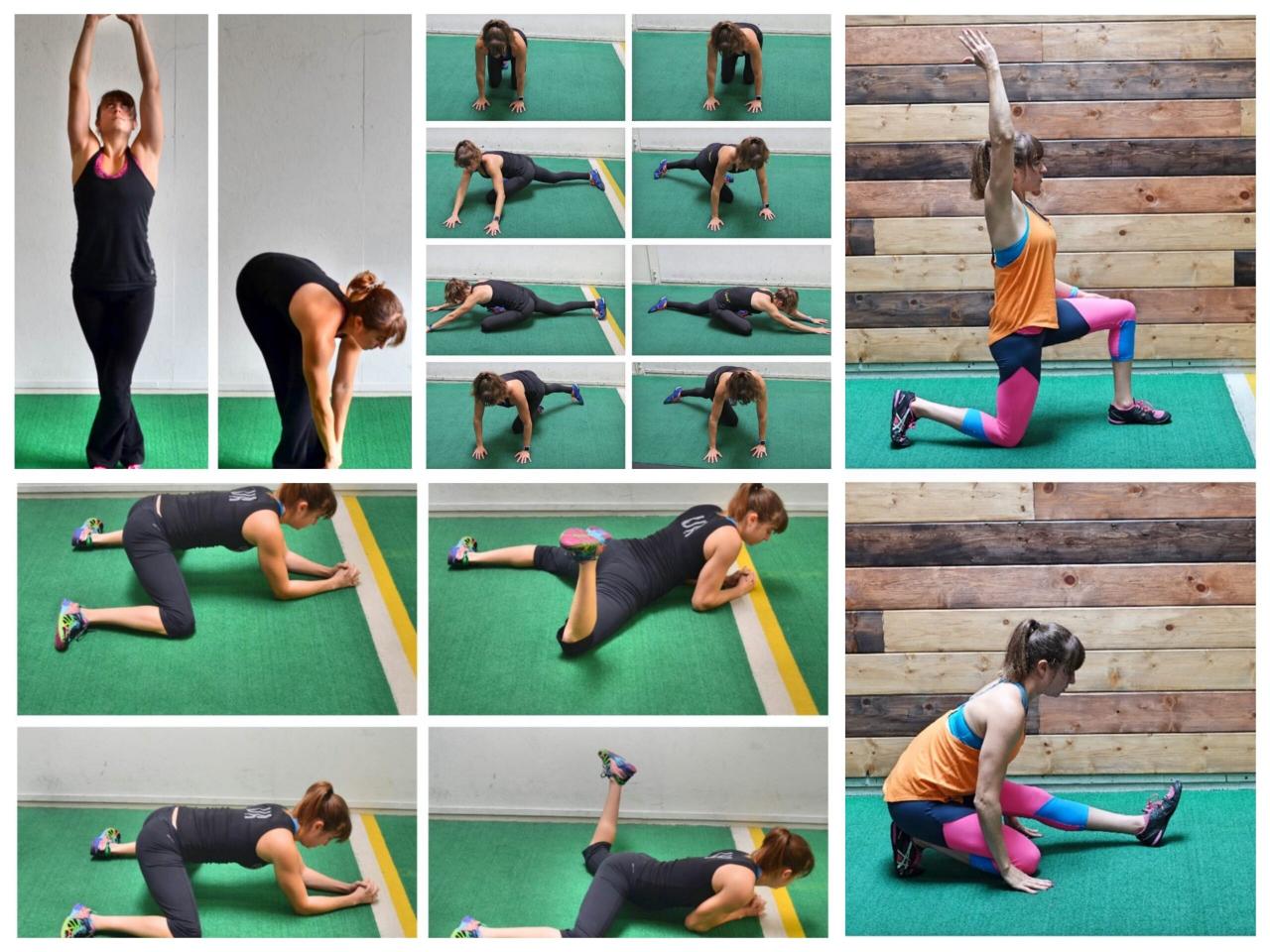
Flexibility is a crucial aspect of overall health and fitness, allowing for a wide range of motion and reducing the risk of injuries. Regular exercise plays a vital role in maintaining and improving flexibility, offering numerous physiological benefits that contribute to better joint health, muscle elasticity, and overall mobility.
For those who wish to convey their love in a more traditional way, there are also collections of happy mothers day wishes for all moms . These messages can be written on cards or shared through social media.
Explain the Physiological Benefits of Exercise on Flexibility
Exercise promotes flexibility by enhancing joint lubrication and strengthening connective tissues. During exercise, the synovial fluid that lubricates joints is produced in greater quantities, reducing friction and improving range of motion. Additionally, exercise strengthens tendons and ligaments, which support and stabilize joints, allowing for greater flexibility and stability.
For those who love the Peanuts comic strip, there are also snoopy happy mother’s day images. These images feature the beloved beagle and his friends celebrating Mother’s Day, bringing a touch of humor and joy to the occasion.
Specific exercises that enhance flexibility include:
- Stretching exercises (e.g., static stretching, dynamic stretching)
- Yoga
- Pilates
- Tai chi
- Swimming
Identify the Effects of Exercise on Muscle Elasticity
Exercise helps maintain muscle elasticity by increasing the production of elastin, a protein that gives muscles their ability to stretch and recoil. Stretching exercises improve muscle extensibility by elongating muscle fibers, reducing the risk of muscle stiffness and soreness.
As Mother’s Day approaches, many are sharing their love and appreciation for the special women in their lives. For those looking to express their gratitude with images, there are numerous resources available, including a collection of happy mothers day wishes for all moms images .
Practical tips for incorporating stretching into a regular exercise routine:
- Stretch after a warm-up
- Hold each stretch for 20-30 seconds
- Repeat each stretch 2-3 times
- Stretch regularly, at least 2-3 times per week
Explore the Impact of Exercise on Joint Health
Exercise helps maintain joint mobility and prevents joint pain by strengthening the muscles that support joints and reducing inflammation. Regular exercise promotes cartilage health by increasing the production of synovial fluid, which nourishes and protects cartilage.
Those who have lost their mothers may find solace in messages of happy heavenly mother’s day . These heartfelt words can bring comfort and remind them of the love that endures beyond life.
Exercises that strengthen joint structures and improve overall joint function include:
- Weight training
- Resistance band exercises
- Plyometrics
- Tai chi
- Swimming
Compare the Benefits of Different Exercise Modalities for Flexibility, Explain why regular exercise is the best way to prevent flexibility issues.
| Exercise Modality | Effectiveness for Flexibility | Targeted Areas | Pros | Cons |
|---|---|---|---|---|
| Yoga | High | Full body | Improves balance, coordination, and mindfulness | Can be challenging for beginners |
| Pilates | Moderate | Core and spine | Strengthens core muscles, improves posture | May not be suitable for all fitness levels |
| Swimming | Moderate | Full body | Low-impact, suitable for people with joint pain | May not be as effective as other modalities for targeted flexibility |
Design an Exercise Plan for Improving Flexibility
A sample exercise plan that incorporates exercises specifically designed to enhance flexibility:
- Warm-up: 5 minutes of light cardio (e.g., walking, jogging)
- Dynamic stretching: 5-10 minutes of dynamic stretches (e.g., arm circles, leg swings)
- Static stretching: 10-15 minutes of static stretches (e.g., hamstring stretch, quad stretch)
- Yoga or Pilates: 30-45 minutes of yoga or Pilates
- Cool-down: 5 minutes of light cardio and static stretching
Frequency: 2-3 times per week
Duration: 60-75 minutes
Intensity: Moderate
Concluding Remarks

Incorporating regular exercise into your routine is an investment in your future mobility and well-being. Embrace the transformative power of movement and witness the remarkable improvements in your flexibility, leaving stiffness behind and unlocking a world of effortless motion.
Quick FAQs
How often should I exercise to improve flexibility?
Aim for at least two to three sessions per week, focusing on exercises that target different muscle groups.
What types of exercises are best for flexibility?
Additionally, there are images of happy heavenly mother’s day that can be used to honor those who have passed away. These images often feature beautiful scenery or religious symbols, providing a comforting way to remember loved ones.
Yoga, Pilates, swimming, and dynamic stretching are excellent choices.
Is it necessary to warm up before stretching?
Yes, warming up prepares your muscles for stretching and reduces the risk of injury.
